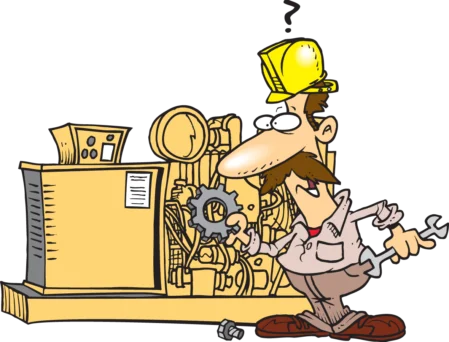Depreciation

Depreciation is the systematic allocation of the cost of a tangible asset over its useful life. It recognizes that assets lose value over time due to wear and tear, obsolescence, or other factors.
There are several methods commonly used to calculate depreciation:
Straight-Line Method: This is the most straightforward method where the asset's cost is evenly distributed over its useful life.
The formula is: Depreciation Expense = (Cost of Asset - Salvage Value) / Useful Life
Declining Balance Method: This method allows for a larger depreciation expense in the early years of an asset's life. It applies a fixed depreciation rate to the asset's net book value.
The formula is: Depreciation Expense = Net Book Value x Depreciation Rate
Units of Production Method: This method links the depreciation expense to the actual usage or production of the asset.
The formula is: Depreciation Expense = (Cost of Asset - Salvage Value) / Total Units of Production x Units of Production in the Period
Sum-of-the-Years' Digits Method: This method applies a declining fraction to the asset's cost over its useful life.
The formula is: Depreciation Expense = (Remaining Useful Life / Sum of the Years' Digits) x (Cost of Asset - Salvage Value)
Each method has its advantages and may be more appropriate for certain types of assets or industries. It's important for businesses to carefully consider the nature of their assets and select the most suitable depreciation method. Additionally, businesses may need to adhere to specific accounting rules or regulations when choosing a depreciation method.
My Recommendation: This is an area where you probably should get an accountant to help you set up your depreciation schedule.
Depreciation Video

